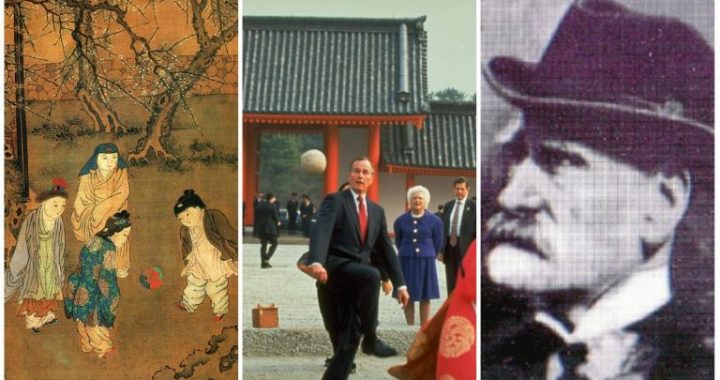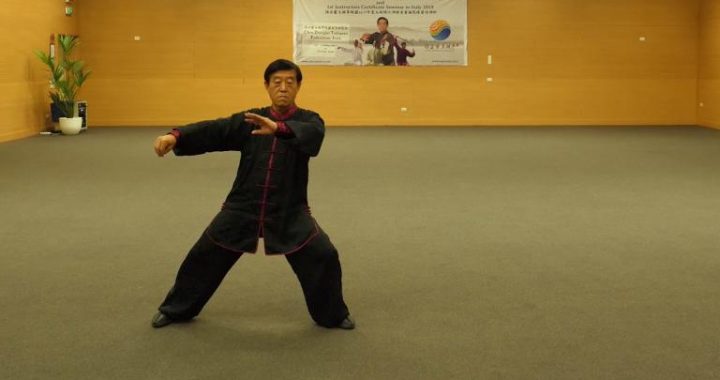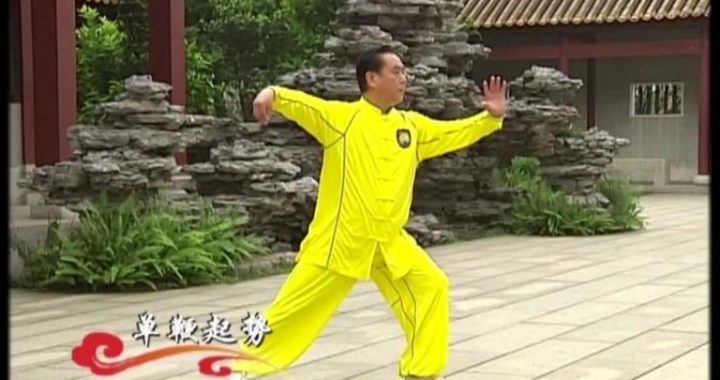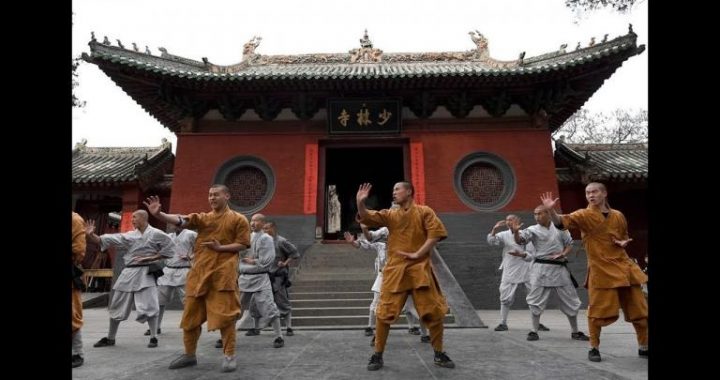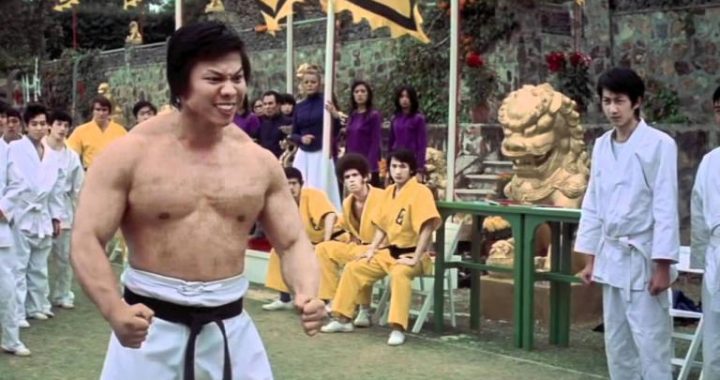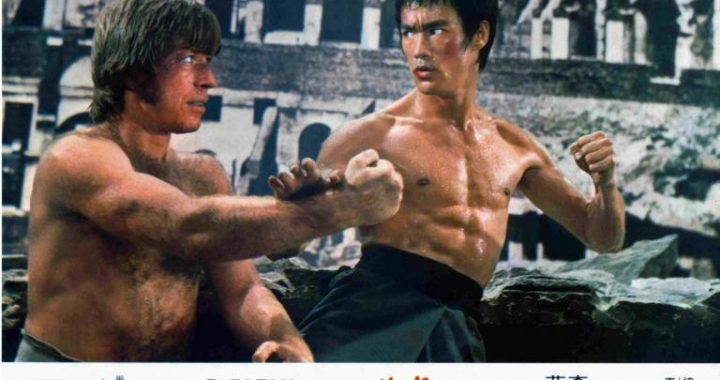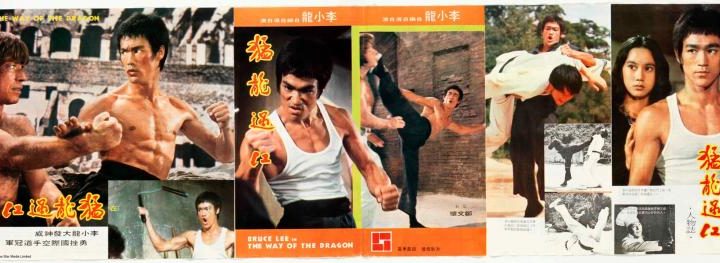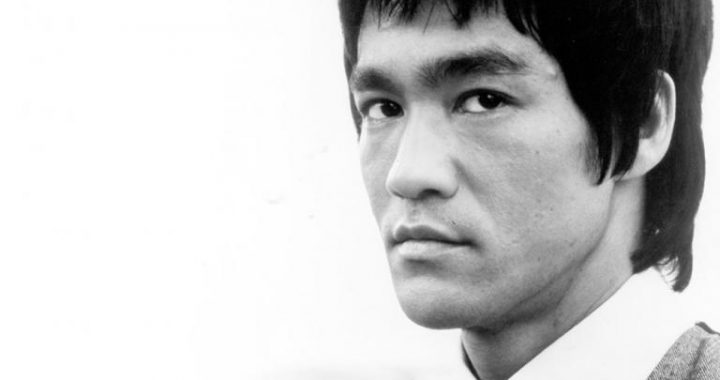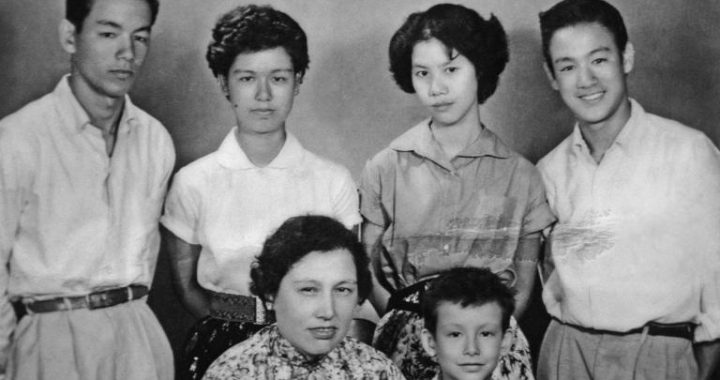Emeiquan Family
2 min readThe Emeiquan family refers to the Sichuan boxing family with Mount Emei as the center.It is the second largest boxing family next to Nanquan(southern boxing)in south China.
Mount Emei stands upright in the middle of Sichuan province,tall and stretching in a never-ending line.Enriched with the spirit of the mountains and rivers in Sichuan,it is one of the most famous mountains of Chinese Buddhism.Legend says it is the ritual site of Samantabhadra.
General view of Mount Emei,from Annals of Mouth Emei publishedin 1934 It is said Taoists and monks on Mount Emei have a tradition of practicing martial arts,but there are only a few records in historical materials.In the mid-Ming Dynasty,Tang Shunzhi(1507-1560),a famous general who fought against Japanese invaders,wrote the Fist Song of the Emei Taoists,which gave a vivid description of the swiftness and flexibility of the Emei fist positions.When Tang Shun promoted the Emei fist positions,the Emeiquan equipment was in the process of a qualitative leap,representative with the reputation of Emei marksmanship.The marksmanship was handed down by Pu En,a Zen master on Mountain Emei,and it promoted the development of Shaolin martial arts.
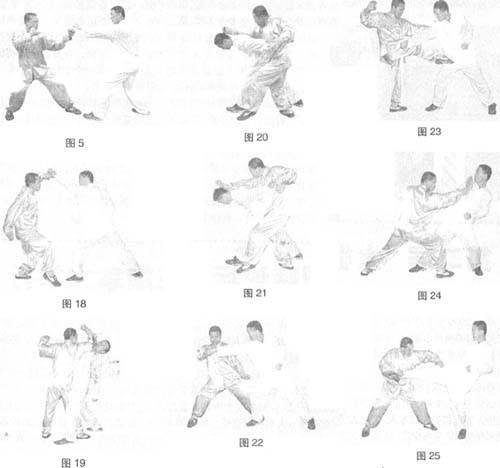
Sichuan,the land of abundance,witnessed an early developed economy and culture,and frequent exchanges with the northern part of the country.Emei fist positions took shape on the basis of a mutual exchange with local Sichuan fist positions and Shaolin martial arts.The Sengmenquan,Minghaiquan,Hongmenquan,Zimenquan,Huimenquan,and Panpomen fist positions,widely spread in Sichuan,are said to have originated from the Songshan Shaolin Temple.Zhaomenquan,Shandongjiao and other fist positions also have origin relations with the Shaolin Temple.However,many of these fist styles focus mainly on Duanquan(short range boxing),and there are obvious differences between the Shaolin styles,which use more fists than legs and such styles have been localized with Sichuan characteristics.
Portrait of Du Xinwu(master hand of natural school)Du Xinwu(1869-1953)was born in Cili,Hunan province and graduated from Tokyo Agriculture University.He was an apprentice of Xu Aishi and made great achievements.
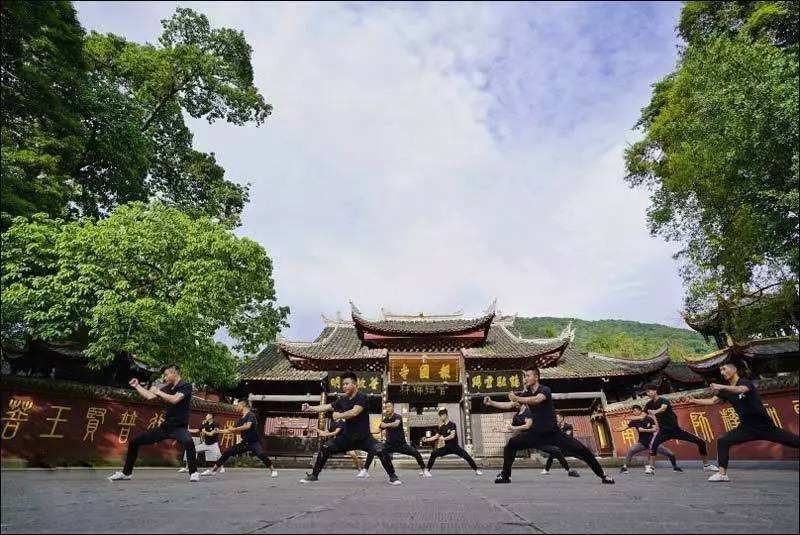
Among the Emeiquan family, there are some local boxing generics, such as Yumenquan, Baimeiquan, and Huamenquan. There are still some rare pictographic style boxing methods such as Hamaquan (toad boxing), Hudiequan (butterfly boxing), Panhuaquan and Huangshanquan (eel boxing).
In addition, Wudang, Nanquan, Xingyiquan (shape-intensive fists), Taiji and Bagua families have spread fist techniques in Sichuan. Some of them have even evolved into the Emeiquan family. According to recent statistics, there are altogether 67 boxing generics in Sichuan province with 1652 set patterns, and another 276 exercises. Among the 67 boxing generics,28 are local generics in Sichuan, accounting for 41.79% of the total. There are 27 generics that are obviously related to the Shaolin boxing family, or 40.30% of the total. The remaining 12 generics belong to other boxing families.
Ba-Shu culture has always been open and assimilative, and it is a microcosm of the Ba-Shu culture.
